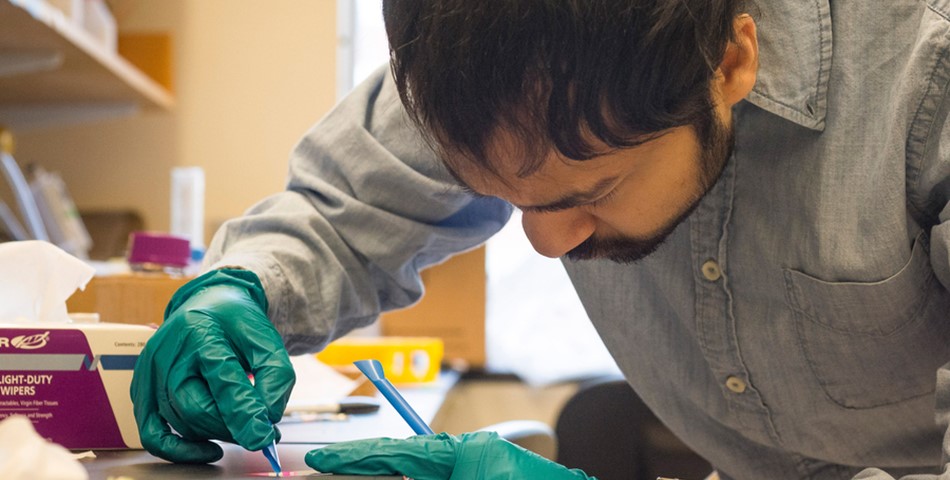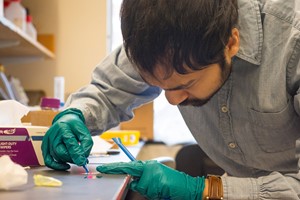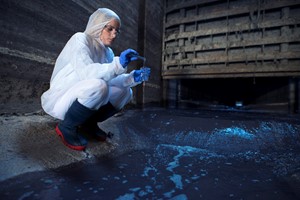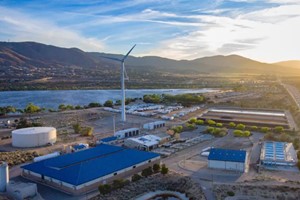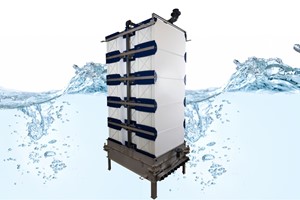MIT chemical engineers have developed a zwitterionic hydrogel system for efficient water treatment, aiming to address micropollutants with minimal environmental impact. Zwitterionic molecules, characterized by equal positive and negative charges, form the backbone of the hydrogel.
Unlike previous uses of zwitterionic molecules as coatings, this system utilizes them as scaffold material, creating highly porous and robust hydrogels with strong water attraction. The researchers, led by Professor Patrick Doyle, have demonstrated the capability of these hydrogels to capture both organic and inorganic micropollutants sustainably. The innovation is crucial in light of increasing micropollutant concerns globally, driven by industrial processes, climate change, and other factors.
Micropollutants, even at low concentrations, pose significant threats to human health and the environment. The traditional method of micropollutant removal, activated carbon, is energy-intensive and contributes to carbon emissions.
In contrast, the zwitterionic hydrogel platform developed by MIT offers a more sustainable solution, eliminating micropollutants faster and exhibiting compatibility with various materials. The system's unique ability to be regenerated and reused further enhances its environmental sustainability, as opposed to the disposal challenges associated with activated carbon.
The research, initially supported by a seed grant from MIT’s Abdul Latif Jameel Water and Food Systems Lab (J-WAFS), has progressed to commercialization efforts. The team is exploring applications ranging from large-scale industrial setups to small, portable, off-grid uses.
The hydrogel system's versatility allows for the rapid removal of multiple contaminants in a single step, without the need for extensive infrastructure. This innovation aligns with the growing need for water treatment processes that are both effective and environmentally friendly.
The project's success, facilitated by J-WAFS grants, exemplifies the potential of high-risk, high-reward initiatives in addressing critical environmental challenges. The zwitterionic hydrogel technology stands out for its scalability, real-world applications, and educational value, involving undergraduate students in various stages of development.
As the team continues to pilot the technology through commercialization programs, the project serves as a model for integrating scientific research, engineering, and sustainability in addressing contemporary environmental issues.
By Carolyn Blais, Abdul Latif Jameel



